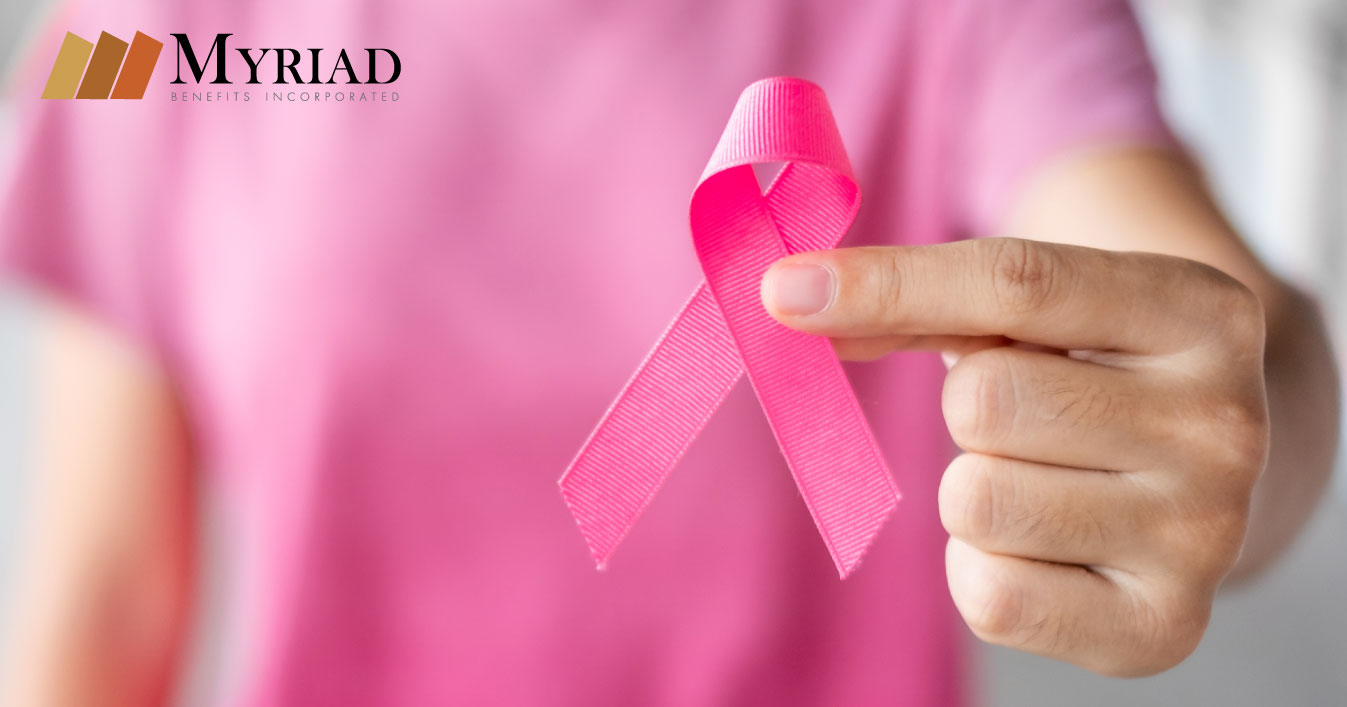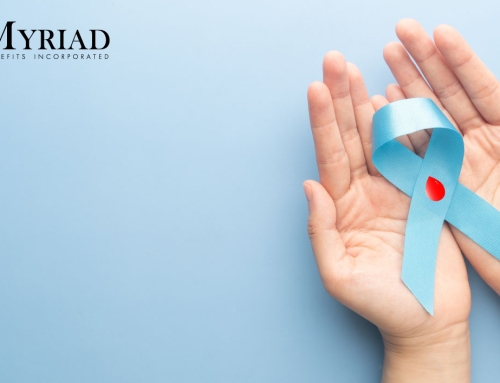Breast self-examination is a procedure performed by a woman to examine her breasts and armpits physically and visually for any changes. By doing it monthly, the woman is familiar with the normal look and feel of her breasts and can notify any changes she notices to her doctor. However, this procedure is not considered a breast cancer diagnostic test.
When to perform the self-examination?
- Menstruation or not every month.
- If you are still menstruating, do it several days after your period.
- If you no longer menstruate, identify one day of the month for the test.
What changes should you pay attention to?
- Appearance of a lump.
- Discharge other than breast milk.
- Irritation or dimpling of the skin.
- Nipple abnormalities (pain, redness, sunken nipple, etc.)
Steps to perform the self-examination
- In front of a mirror, without a shirt or bra, check that each breast does not have wrinkles, dimples or alterations in size, shape or symmetry.
- Check if the nipples are sunken (inverted).
- Watch your breasts as you put pressure on your hips with your hands.
- With arms raised over the head and palms pressing against each other, inspect each breast.
- Lift the breasts to see if the folds of the base are symmetrical.
- Lying on your back with one arm over your head and a pillow or size folded under your shoulder and using the fingertips of the other hand, check the breast in a circular way by applying pressure; begins from the breastbone (middle chest) to the nipple.
- Press the nipple slightly and see if there is any discharge.
- Circulate through each area of the breast by applying pressure.
- Perform the procedure calmly by making sure to cover the entire breast and the area between the arm and armpit.
If you discover a lump or feel something different in your breasts, don’t panic. Some of these changes occur during the menstrual cycle. Visit your doctor and talk about your findings to get out of doubt. Early detection saves lives and mammography is the best tool against breast cancer. Your doctor is your best ally for your health; ask when you get your mammogram and battle breast cancer.
By: Tania Mangual-Monzón, MS, BHE
Source: | Mayo Clinic | Instituto Nacional del Cáncer













